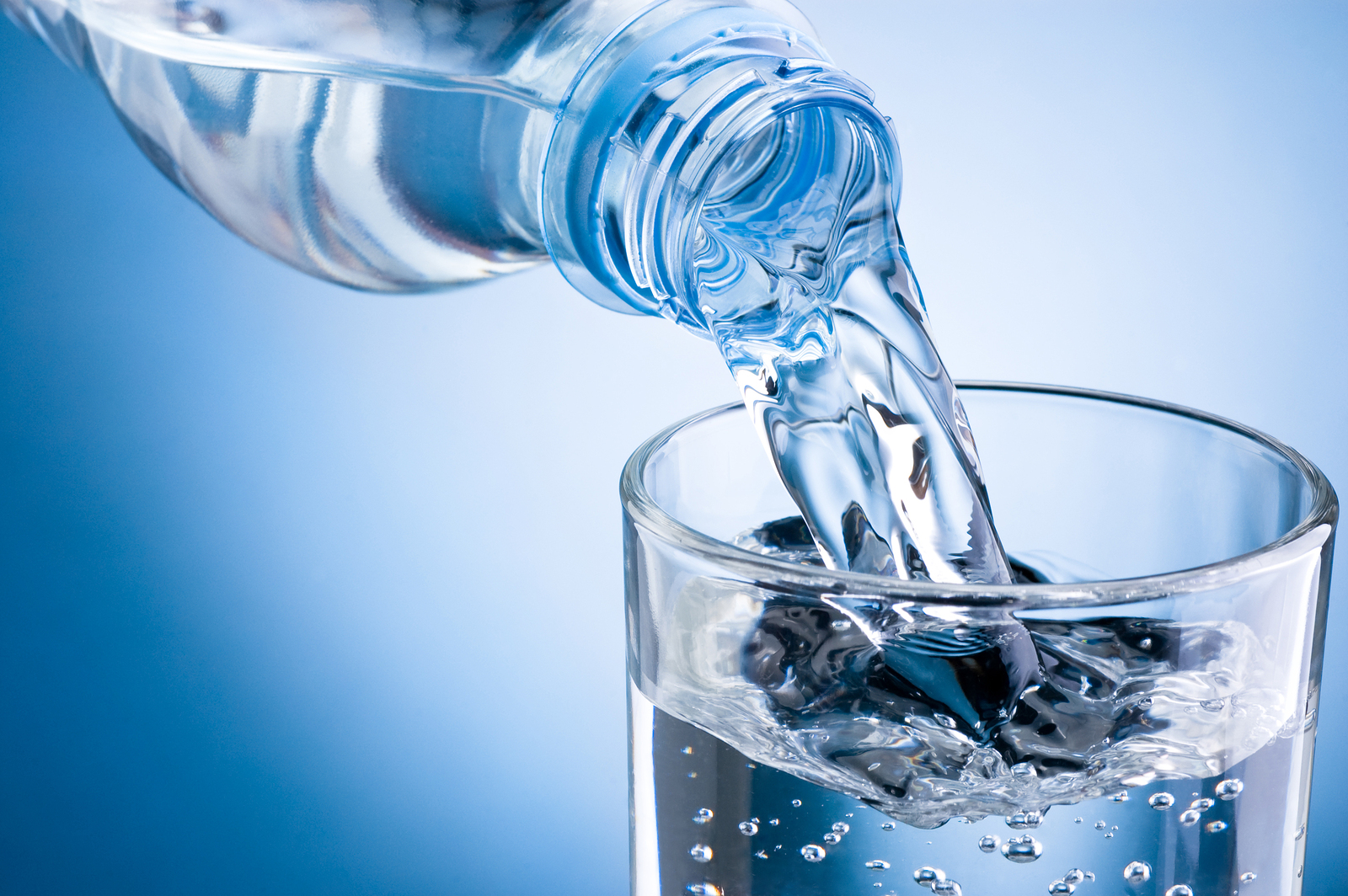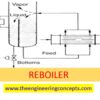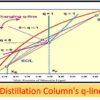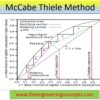Fluid
Fluid

Fluid properties :
- Density.
- Viscosity.
- Temperature.
- Pressure.
- Specific Volume.
- Specific Weight.
- Specific Gravity.
1. Density:
Density is defined as mass per unit volume of a fluid. Or one can say, it is the ratio between mass (m) and volume (V) of a fluid.
Density is denoted by the symbol ‘ρ’. Its unit is kg/m3.

In general, density of the fluid decreases with increase in temperature. It increases with increase in pressure.
The ideal gas equation is given by:


![P~=~ rho RT~~[Since,~rho~=~m/V]](http://mechteacher.com/mt/wp-content/plugins/wpmathpublisher/img/math_980_de653b398a626f394a4a0ccdfb714a85.png)
The above equation is used to find the density of any fluid, if the pressure (P) and temperature (T) are known.
Note: The density of standard liquid (water) is 1000 kg/m3.
2. Viscosity
Viscosity is the property of a fluid which opposes the relative motion between two surfaces of the fluid that are moving at different velocities. In simple terms, viscosity means friction between the molecules of fluid. eg: water (low viscosity) and honey (high viscosity).
Viscosity is the fluid property that determines the amount of resistance of the fluid to shear stress. Viscosity will determine the energy required to make a fluid flow.
In case of liquid, viscosity decreases with increase in temperature. In a gas, viscosity increases with increase in temperature.
The formula for measuring viscosity is as:
viscosity = shear stress / shear rate
The result is typically expressed in centipoise (cP), which is the equivalent of 1 mPa s (millipascal second).
Shear stress is the force per unit area required to move one layer of fluid in relation to another.
Shear rate is the measure of the change in speed at which intermediate layers move with respect to one another.
Depending on the relationship between shear stress, and the rate of strain and its derivatives, fluids can be characterized as one of the following:
- Newtonian fluids: where stress is directly proportional to rate of strain
- Non-Newtonian fluids: where stress is not proportional to rate of strain, its higher powers and derivatives.
3. Temperature:
Temperature is a measure of how hot or cold something is; specifically, a measure of the average kinetic energy of the particles in an object, which is a type of energy associated with motion. Temperature is measured by using temperature scales. There are 3 commonly used temperature scales. They are
- Celsius (or centigrade °C) scale
- Fahrenheit scale (°F)
- Kelvin scale (or absolute temperature scale K)
The Kelvin scale is widely used in science engineering and technology. This is because, this scale is independent of properties of a substance.
4. Pressure:
Pressure of a fluid is the force per unit area of the fluid. In other words, it is the ratio of force on a fluid to the area of the fluid held perpendicular to the direction of the force.
Pressure is denoted by the letter ‘P’. The standard unit of pressure is the pascal (Pa), equivalent to one newton per meter squared (N/m 2 or N · m -2). Alternatively, pressure can be measured in dynes per centimeter squared (dyn/cm 2 or dyn · cm -2). To convert from pascals to dynes per centimeter squared, multiply by 10. Conversely, multiply by 0.1.
5. Specific Volume:
The specific volume of a substance is the ratio of the substance’s volume to its mass. It is the reciprocal of density and an intrinsic property of matter as well. Specific volume is defined as the number of cubic meters occupied by one kilogram of a particular substance. The standard unit is the cubic meter per kilogram .
Specific volume for an ideal gas is also equal to the gas constant (R) multiplied by the temperature and then divided by the pressure multiplied by molar mass of that ideal gas.
Since,
and

6. Specific Weight:
Specific weight is the weight possessed by unit volume of a fluid. It is denoted by ‘w’. Its unit is N/m3.
Specific weight varies from place to place due to the change of acceleration due to gravity (g).

7. Specific Gravity:
Specific gravity is the ratio of specific weight of the given fluid to the specific weight of standard fluid. It is denoted by the letter ‘S’. It has no unit.

Specific gravity may also be defined as the ratio between density of the given fluid to the density of standard fluid.

Refrences : Wikipedia
Also Read:
Control Loop
P&ID Symbols and Notation
Venturi Flow Meter
Pitot Tube
Coriolis Mass Flow Meter
Design of Centrifugal Pump
Valve & Its Types
Cavitation
Piping and Instrumentation Diagram – P&ID























